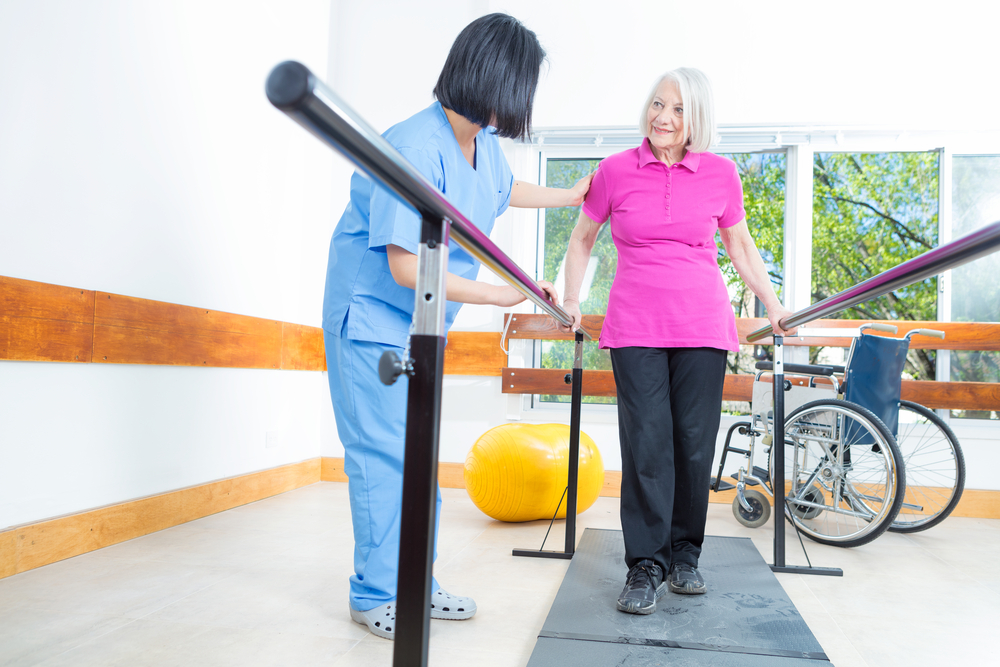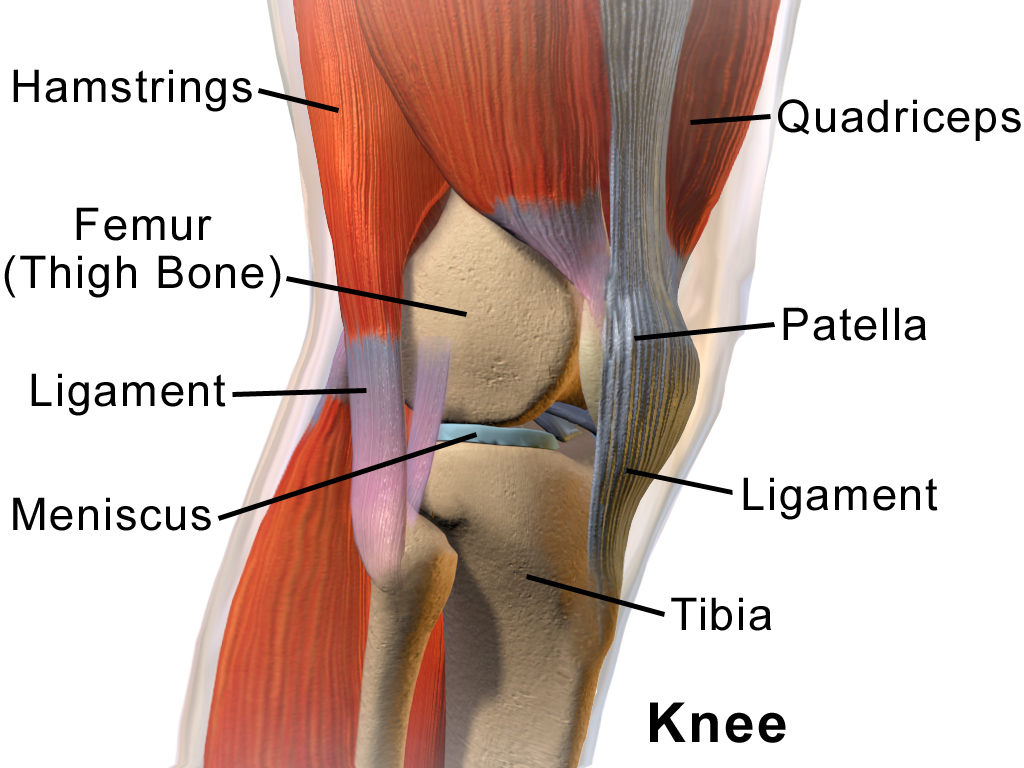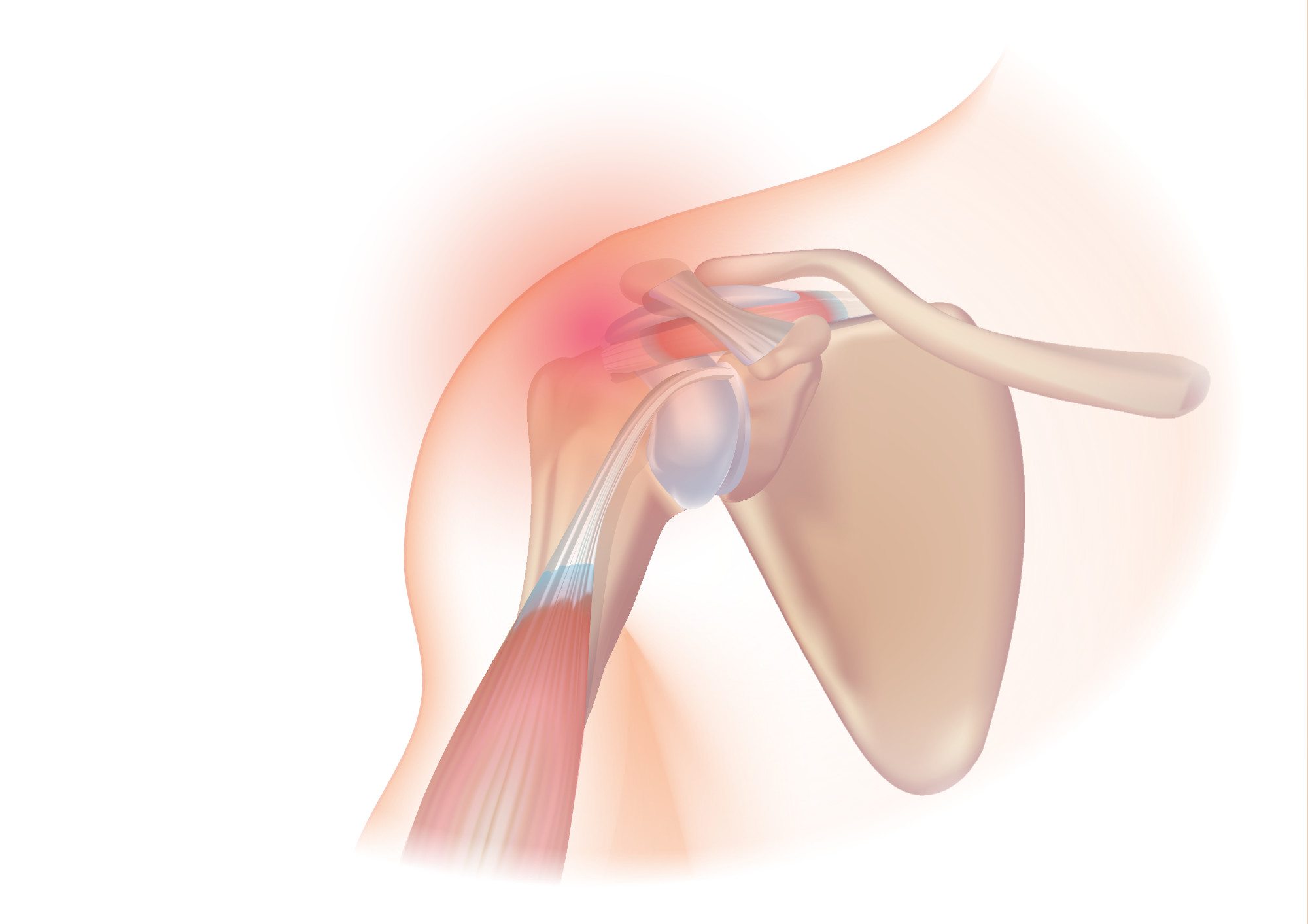Additional task-related practice after stroke
Posted on 24th February 2017 by Victoria McCue

Background
Stroke is classified as the second largest cause of death worldwide, and the fourth largest in the UK. Stroke is also a major cause of disability. Around 50% of all stroke survivors are left with a permanent debilitating disability.
Typically, research on stroke has focused on the impact of stroke on quality of life and of the likelihood of being predisposed to related fatal health conditions/events following stroke.
One factor which might be partly responsible for the poor prognosis of stroke patients may be the privation of high quality evidence to guide clinicians working with these patients within a multi disciplinary team.
What was the study?
The purpose of the study was to investigate whether additional task-related practice (either upper limb or mobility tasks) could improve functional outcomes during inpatient stroke rehabilitation.
The researchers recruited 30 stroke patients. The patients were then randomly assigned to either a upper limb or a mobility group for additional task-related practice. All participants also received their usual rehabilitation in addition to either the upper limb or mobility tasks.
Randomisation was achieved by a person independent from the study drawing a sealed opaque envelope that specified group allocation. Physiotherapists were blinded from participant group allocations.
Mobility group activities commenced with a warm-up, followed by endurance tasks using stationary bikes and treadmills, as well as tasks such as step-ups, obstacle course walking, standing balance, stretching, and strengthening using traditional gymnasium equipment.
Upper limb group activities commenced with a warm-up followed by tasks to improve reach and grasp, hand-eye coordination activities, stretching, and strengthening using gym equipment.
The primary outcome measures used within the study were:
1) The Jebsen Taylor Hand Function Test (JTHFT). This assesses fine motor skills, and-
2) Two arm items of the Motor Assessment Scale (MAS), assessing everyday motor function (e.g. movement of arms and legs).
3) Three mobility measures, including:
- the Timed Up and Go Test (TUGT). This measures the time that a person takes to rise from a chair, walk three meters, turn around, walk back to the chair, and sit down.
- Step Test. This test requires the individual to repeatedly place one foot on and off a step as quickly as possible.
- Six Minute Walk Test (6MWT). This test requires you to walk up and down a long flat corridor for 6 minutes to see how far and fast you can walk.
These outcomes were measured initially, at 4 weeks and at 6 months after the start of the study.
What were the results?
According to this study, the practice of additional task-related practice (both upper limb and mobility groups) alongside standard stroke rehabilitation care led to functional gains compared to stand care. Both groups improved significantly between pre- and post-tests on all three of the mobility measures. However, only the upper limb group signficantly improved on the JTHFT and MAS upper arm items.
At 4 weeks post-test, the mobility group had significantly better 6MWT scores than the upper limb group.
These findings provide support for the use of task-related training during stroke rehabilitation.
What were the strengths and weaknesses of the study?
To critically appraise the study in greater detail, the Critically Appraisal Skills Programme tool was used as a parameter. The study had a clearly defined focus in relation to the study population, interventions, participant group allocations and outcome measures used.
- To reduce bias, participants in this single blind clinical trial were randomly selected and allocated to training groups by a person independent of the study drawing a concealed envelope. This person was unaware of the patients’ previous test results. They were also not involved in delivering any of the interventions.
- However, it was not possible to blind the participants, although they did not receive information explaining the hypotheses of the study.
- The physiotherapists involved in the treatment of the participants were also not told of the group allocations, although they could have found out while interacting with participants during physiotherapy treatments.
- The main outcome measure that the authors of this paper kept referring to was the “large” difference between the mobility and upper limb groups’ improvements in the 6MWT (d= 1.00, 95% CI 0.24 to 1.26). However, the confidence interval* for this effect was very wide so we should be cautious when drawing conclusions about the size and importance of this difference.
- In a clinical setting, the mean difference between the two groups following the four weeks training was 116m (95% CI 31 to 201m) for the 6MWT. Given the variance between the two groups, and the width of the confidence interval, the clinical relevance of this difference is unclear.
- The sample size of the study very small, consisting of 30 subjects with a primary diagnosis of stroke. To enhance the potential for this study to inform clinical practice, the sample size would have needed to have been substantially larger (Duncan et al., 1998).
- The ratio between male and female subjects was fair (Mobility= 8 male, 7 female; Upper Limb= 9 male, 6 female). Nonetheless, differences in the anatomy and physiology of male and female participants could be associated with important outcome differences, which were not explored by the researchers (Hill et al.,1997).
Conclusion & implications for stroke patients
This study found statistically significant improvements in functional ability through the inclusion of additional task-related training (i.e. on top of standard care). Nevertheless, more research needs to be conducted, with a larger sample size and participants of different ages. That way, greater insight can be gained into whether this additional training has clinically important benefits in the treatment and rehabilitation of stroke patients.
References
Blennerhassett J, Dite W. Additional task-related practice improves mobility and upper limb function early after stroke: a randomised controlled trial. Aust J Physiother. 2004;50(4):219-24.
Dite, W . (2002). A clinical test of stepping and change of direction to identify multiple falling older adults.. Archives of Physical Medicine and Rehabilitation. 83 (1), 1560-1571.
Luengo-Fernandez,R. (2013). Quality of life after TIA and stroke: Ten-year results of the Oxford Vascular Study. Neurology. 18 (1), 81.
Salbach, NM. (2001). A task-orientated intervention enhances walking distance and speed in the first year post stroke. A randomized controlled trial. Clinical Rehabilitation. 18 (1), 509-519.
Sonoda, S. (1999). Critical reviews in physical and rehabilitation medicine. Recovery of stroke. 11 (2), 76-100.
Department of Health, Social Services and Public Safety. (2014). QOF Achievement Data. . Available: www.dhsspsni.gov.uk/index/statistics/qof/qof-achievement.htm.. Last accessed 14 jan 2017
Mallick, A. (2010). The epidemiology of childhood stroke. Eur J Paediatr Neurol.. 3 (1), 197-205.
Furie, KL. (2011). Guidelines for the Prevention of Stroke in Patients with Stroke or Transient Ischemic Attack. Stroke. Guidelines for the Prevention of Stroke in Patients with Stroke or Transient Ischemic Attack. Stroke. 1 (42), 227-275.
*A 95% confidence interval can be understood as representing a range within which we can be 95% certain that the true effect lies. The width of the confidence interval for an individual study depends to a large extent on the sample size. (Salbach et al., 2004)



